Gold has long been revered for its lustrous beauty and timeless appeal. However, even this precious metal is not immune to the effects of tarnishing, which can leave it looking dull and unattractive. Understanding what causes gold to tarnish and how to effectively remove tarnish is essential for anyone who values their gold jewelry or possessions. In this comprehensive guide, we’ll delve into the reasons behind tarnished gold and provide practical solutions for restoring its shine.
Does Real Gold Tarnish?
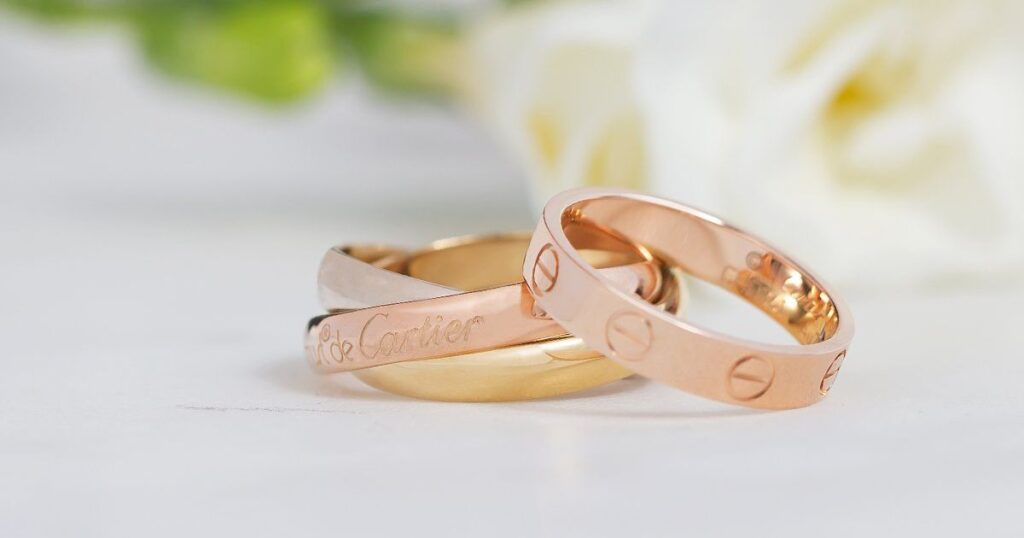
When it comes to real gold, tarnishing may seem unlikely due to its inherent resistance to corrosion. However, pure gold (24 karats) is too soft for most jewelry applications, so it’s often alloyed with other metals like copper or silver to increase its durability. While these alloys enhance the metal’s strength, they can also make it more susceptible to tarnishing. Tarnish on gold jewelry is typically caused by the oxidation of these alloyed metals rather than the gold itself.
Despite its reputation for being resistant to tarnish, even high-quality gold alloys can undergo discoloration over time when exposed to certain environmental factors. Understanding the underlying causes of tarnishing is crucial for effectively preventing and addressing this issue.
What Is Tarnish?
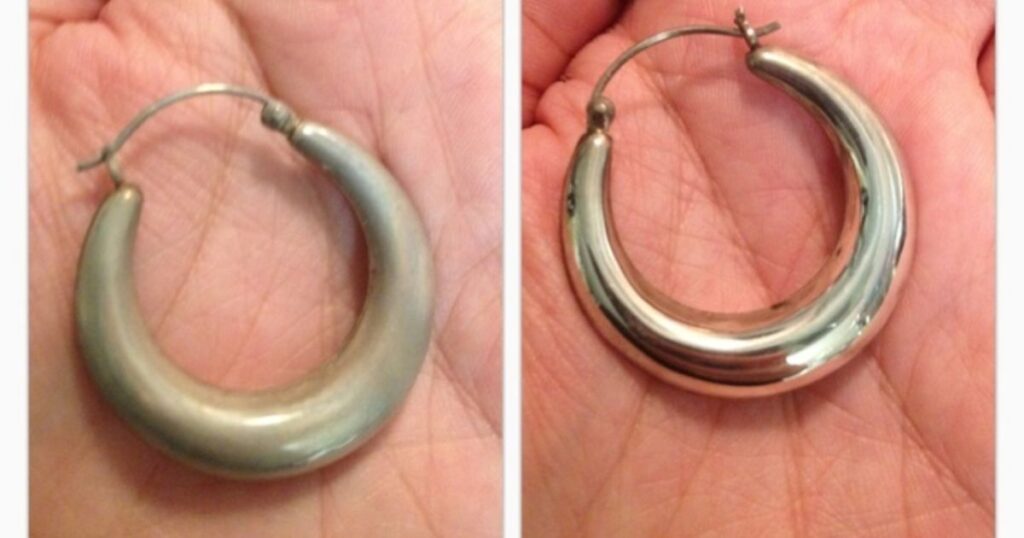
Tarnish is a thin layer of corrosion that forms on the surface of metals, including gold, silver, and copper. It’s often characterized by a dull, discolored appearance and can detract from the metal’s natural shine. Tarnish develops when metal reacts with certain chemicals present in the environment, such as sulfur dioxide, hydrogen sulfide, or ozone. These compounds can originate from sources like air pollution, cosmetics, household cleaning products, or even human skin.
The tarnishing process occurs through a chemical reaction known as oxidation, where the metal’s outer layer reacts with oxygen or sulfur to form a new compound. This compound, called a patina, adheres to the metal’s surface and alters its appearance. While tarnish is primarily an aesthetic issue, prolonged exposure to corrosive substances can eventually damage the metal’s integrity if left untreated.
What Causes Tarnish on Gold?

Several factors can contribute to the tarnishing of gold, including environmental conditions, personal habits, and the composition of the gold alloy. One of the primary culprits is exposure to sulfur-containing compounds, which can be found in various everyday items such as rubber bands, wool, and certain foods like eggs or onions.
Additionally, contact with acidic substances like citrus fruits or vinegar can accelerate the tarnishing process by increasing the acidity of the metal’s surface. Furthermore, wearing gold jewelry while engaging in activities that involve exposure to chemicals or moisture, such as swimming or cleaning, can also contribute to tarnish formation.
The composition of the gold alloy itself can influence its susceptibility to tarnishing. Alloys with higher percentages of base metals like copper or silver are more prone to tarnish than those with lower concentrations. Therefore, gold jewelry with a lower karat purity may require more frequent cleaning and maintenance to prevent tarnish buildup.
What Does Tarnished Gold Look Like?
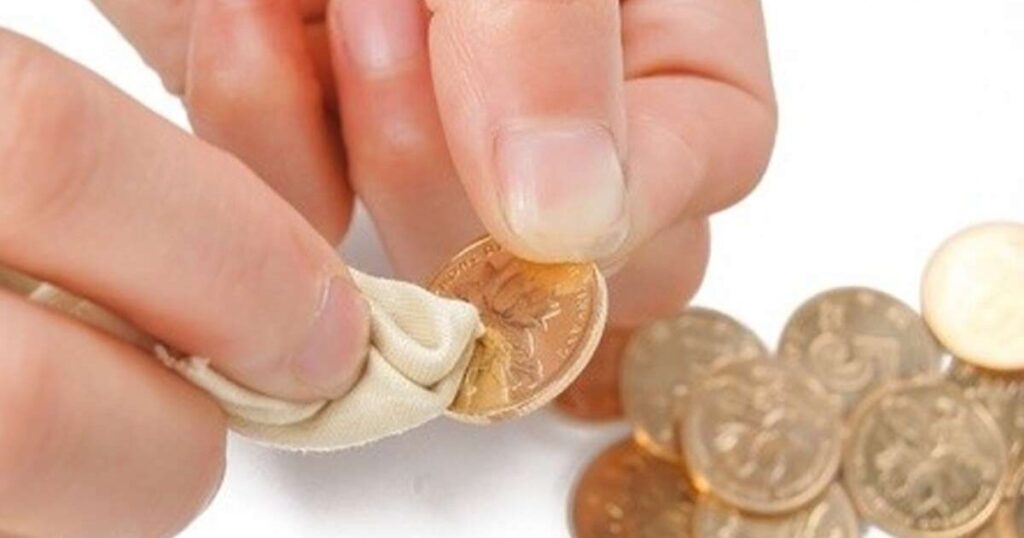
Tarnished gold exhibits a range of visual characteristics that distinguish it from its untarnished counterpart. Initially, tarnish may appear as a slight discoloration or darkening of the metal’s surface, often starting in areas where moisture or sweat accumulates, such as around clasps or under rings. Over time, the tarnish can spread and become more pronounced, giving the gold a dull, matte finish.
In severe cases, tarnish may manifest as a thick, black layer that obscures the underlying gold, making it difficult to distinguish. This heavy tarnish is often accompanied by a rough texture or uneven patina, further detracting from the metal’s natural brilliance. While some individuals may appreciate the vintage or antique aesthetic of tarnished gold, many prefer to restore its original shine through cleaning and polishing methods.
How to Remove Tarnish on Gold
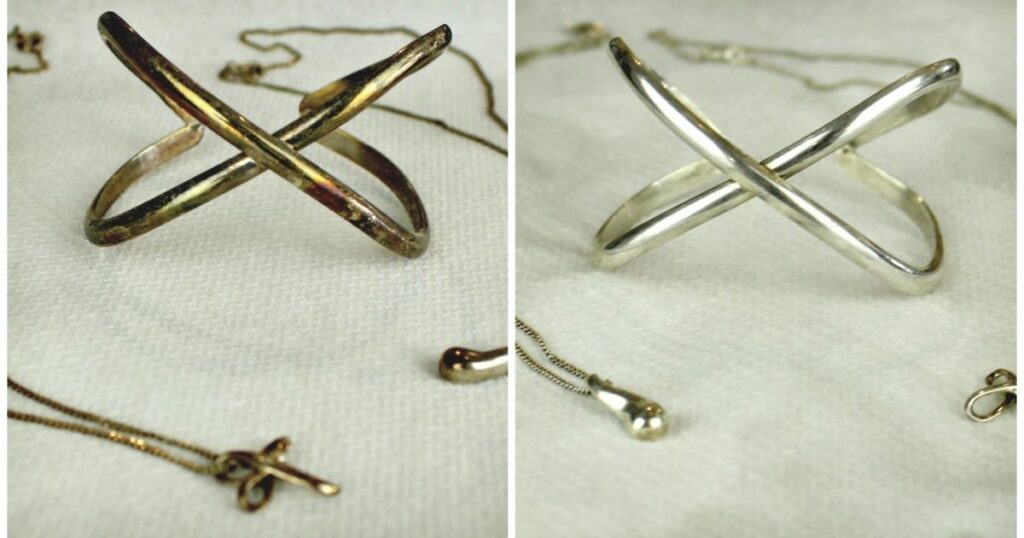
Removing tarnish from gold requires careful attention to avoid damaging the metal’s surface or altering its appearance. Fortunately, several methods can effectively restore tarnished gold to its former glory, depending on the severity of the tarnish and the type of gold alloy involved.
Preparatory Gold Cleaner
One option for removing tarnish from gold is to use a specialized gold cleaner designed specifically for this purpose. These cleaners are typically formulated to dissolve tarnish without harming the underlying metal, making them suitable for a wide range of gold jewelry and objects.
To use a preparatory gold cleaner, simply apply a small amount to a soft cloth or brush and gently rub the tarnished areas in a circular motion. Avoid using abrasive materials or harsh chemicals, as these can scratch or dull the gold’s surface. After cleaning, rinse the gold thoroughly with water and dry it with a clean, lint-free cloth to remove any residue.
Gentle Dishwasher Cleaner
Another method for removing tarnish from gold involves using a mild dishwasher detergent mixed with warm water. This gentle solution can help break down tarnish and restore the metal’s shine without causing damage or discoloration.
To clean gold with a dishwasher cleaner, create a mixture of warm water and a small amount of detergent in a bowl or basin. Soak the tarnished gold items in the solution for several minutes, then gently scrub them with a soft-bristled brush or cloth to remove the tarnish. Rinse the gold thoroughly with water to remove any soap residue, then dry it with a clean towel.
Buff with a Gold Polishing Cloth
For light tarnish or routine maintenance, a gold polishing cloth can be an effective and convenient option. These specially treated cloths are designed to gently buff away tarnish and restore the metal’s shine without the need for additional cleaners or solutions.
To use a gold polishing cloth, simply rub the tarnished areas of the gold in a gentle, circular motion until the tarnish is removed. Avoid using excessive pressure, as this can scratch or wear down the gold’s surface. For best results, periodically rotate the cloth to a clean section to prevent re-depositing tarnish onto the metal.
How to Prevent Gold From Tarnishing
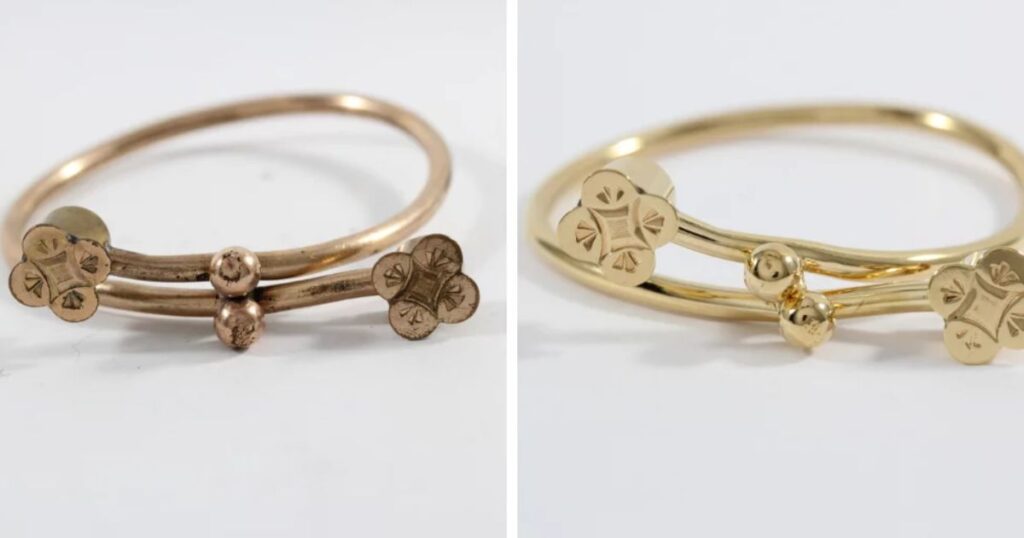
As with any jewellery, never allow chemicals to come into contact with your jewellery. Hairspray, perfume (especially), creams and lotions may all increase tarnishing on your gold jewellery. Even perspiration can cause tarnishing. Some people notice skin reactions or a sudden tarnishing of their jewellery when they start taking a medication, which is causes a change in body chemistry.
Put your jewellery on last when you are getting ready in the mornings, and remove your jewellery ideally when you get home after a day our and certainly before bed (please don’t sleep with your jewellery on!). When you are not wearing your jewellery we recommend placing your jewellery back in its box or inside a zip-lock plastic bag to prevent the air coming into contact with it.
To Sum Up …
In conclusion, tarnish on gold is a common occurrence that can detract from its natural beauty and shine. Understanding the causes of tarnish and how to effectively remove it is essential for preserving the appearance and value of your gold jewelry and possessions. By following the tips outlined in this guide, you can keep your gold looking its best for years to come. Remember to clean and maintain your gold regularly to prevent tarnish buildup and restore its luster whenever necessary. With proper care and attention, your gold will continue to sparkle and shine for generations to come.













